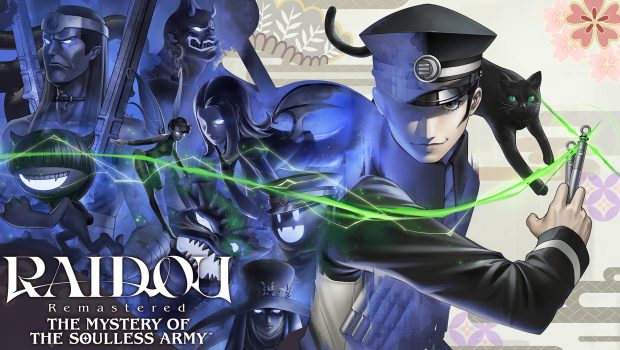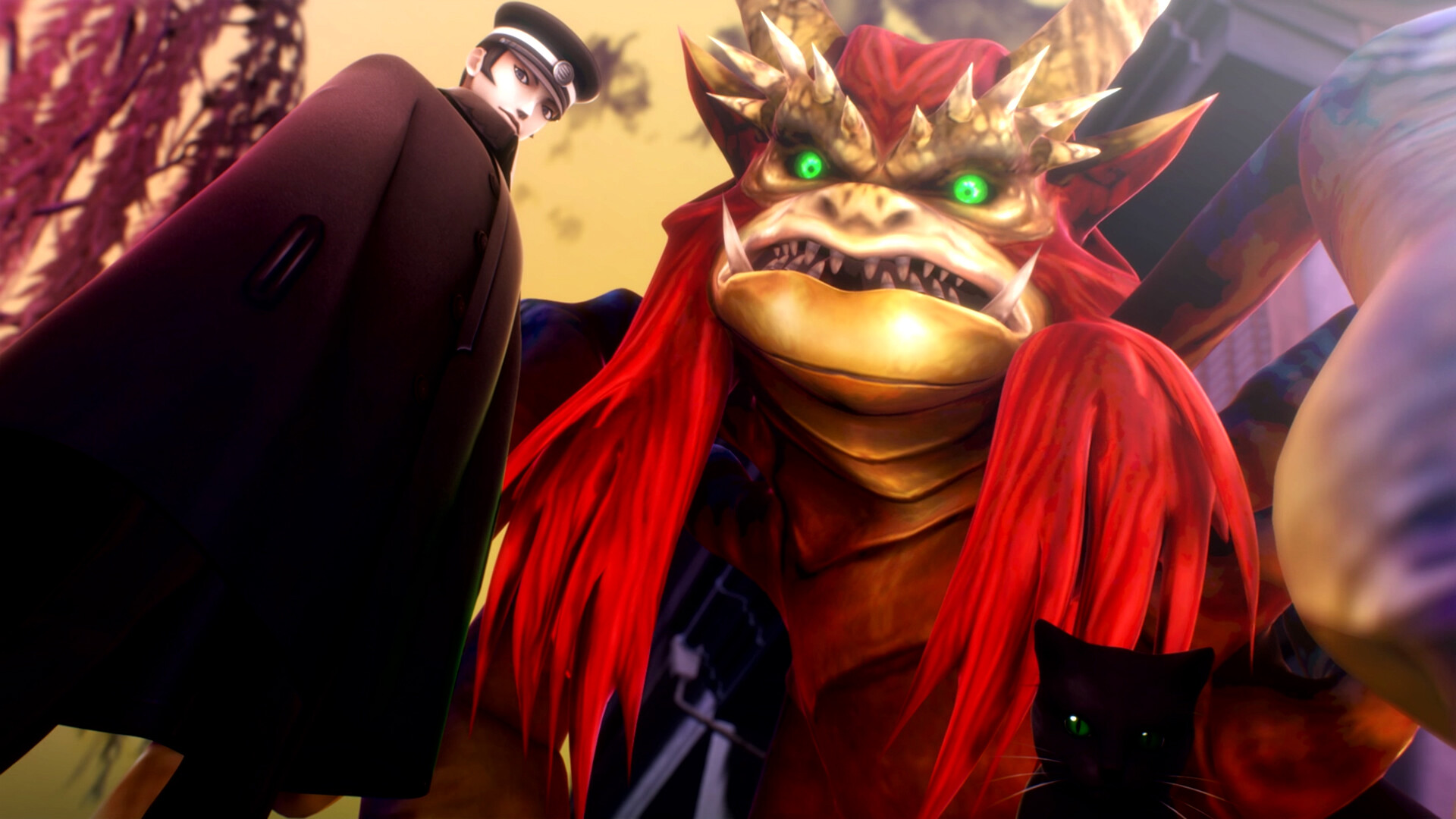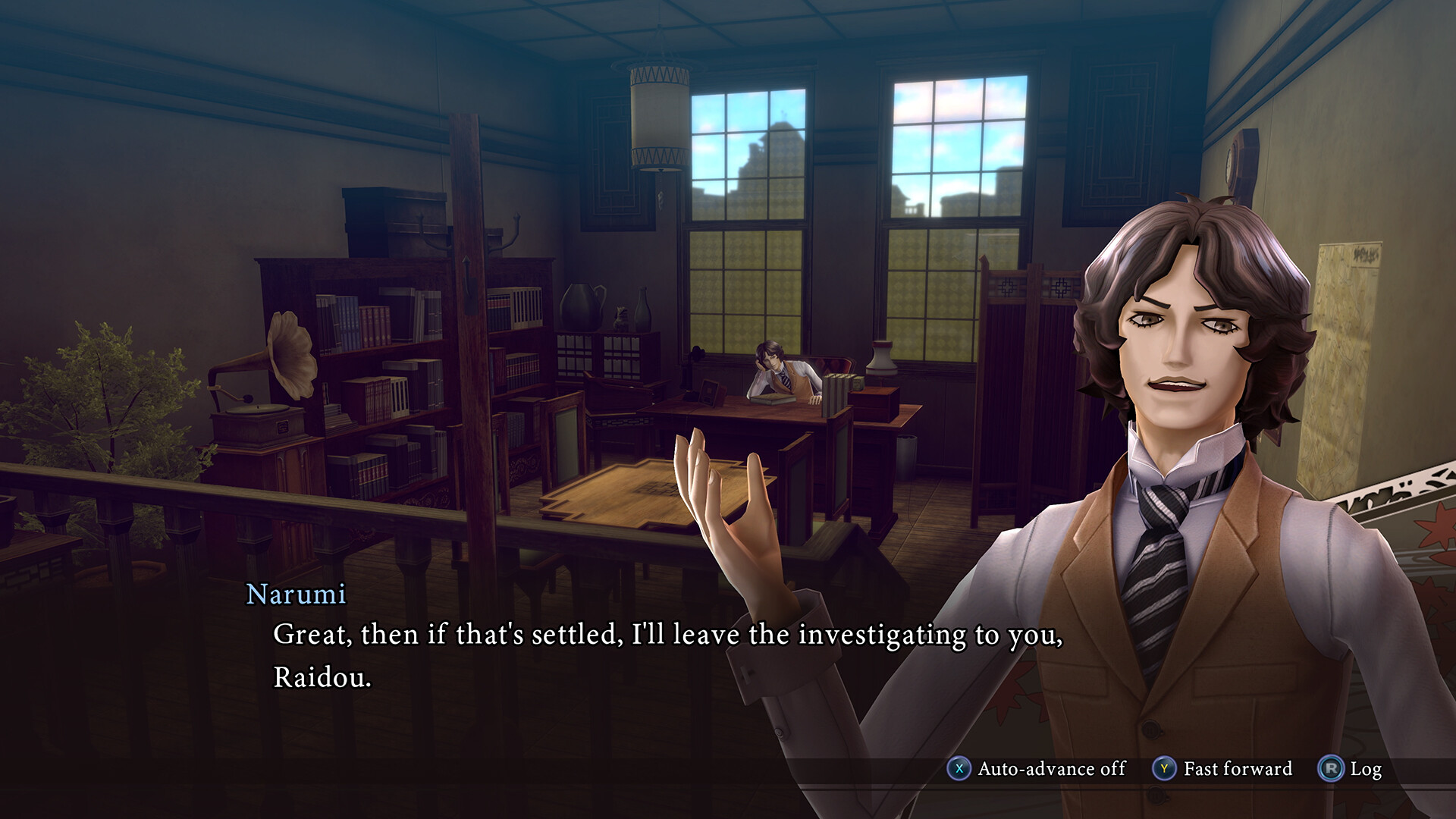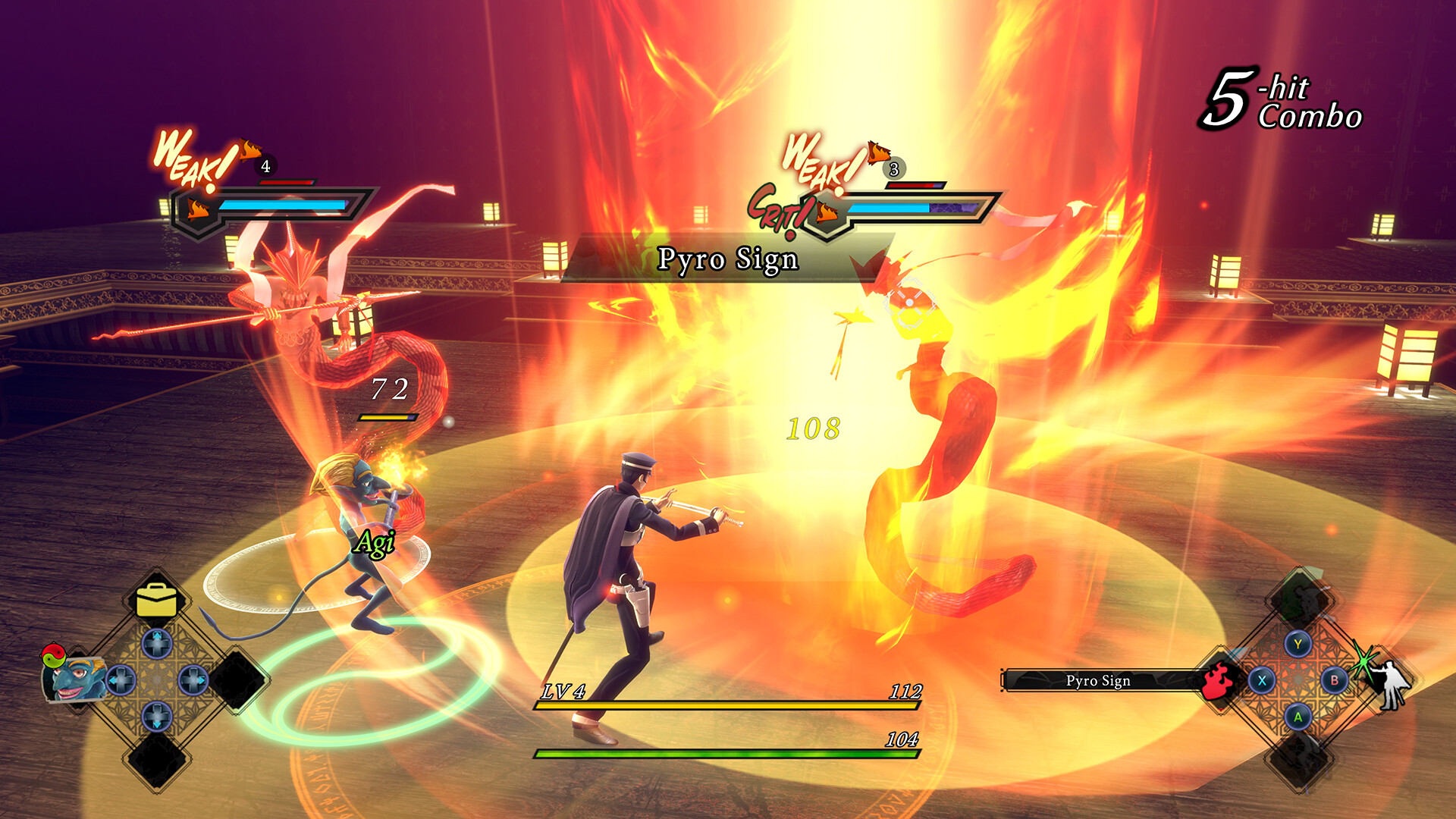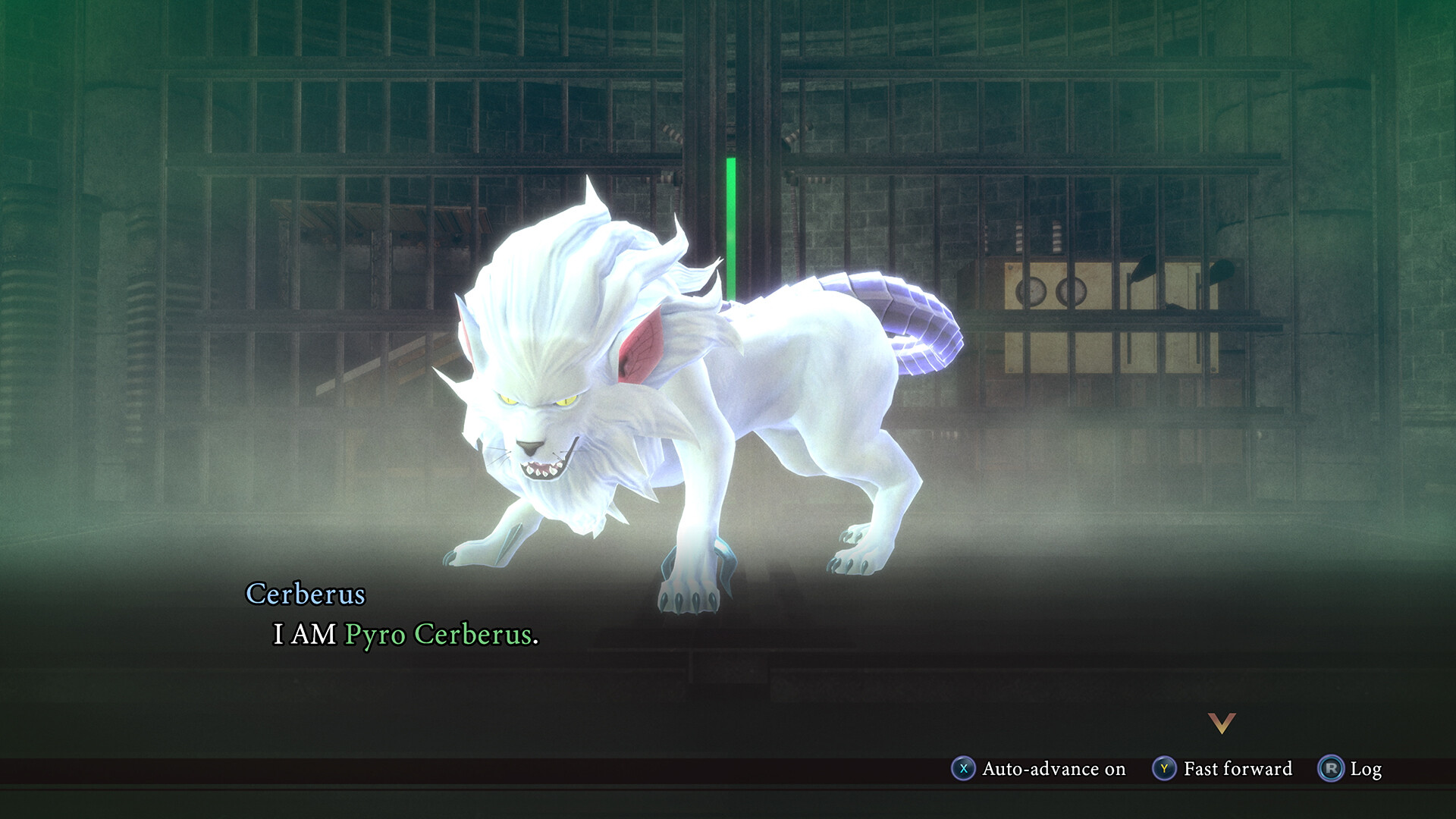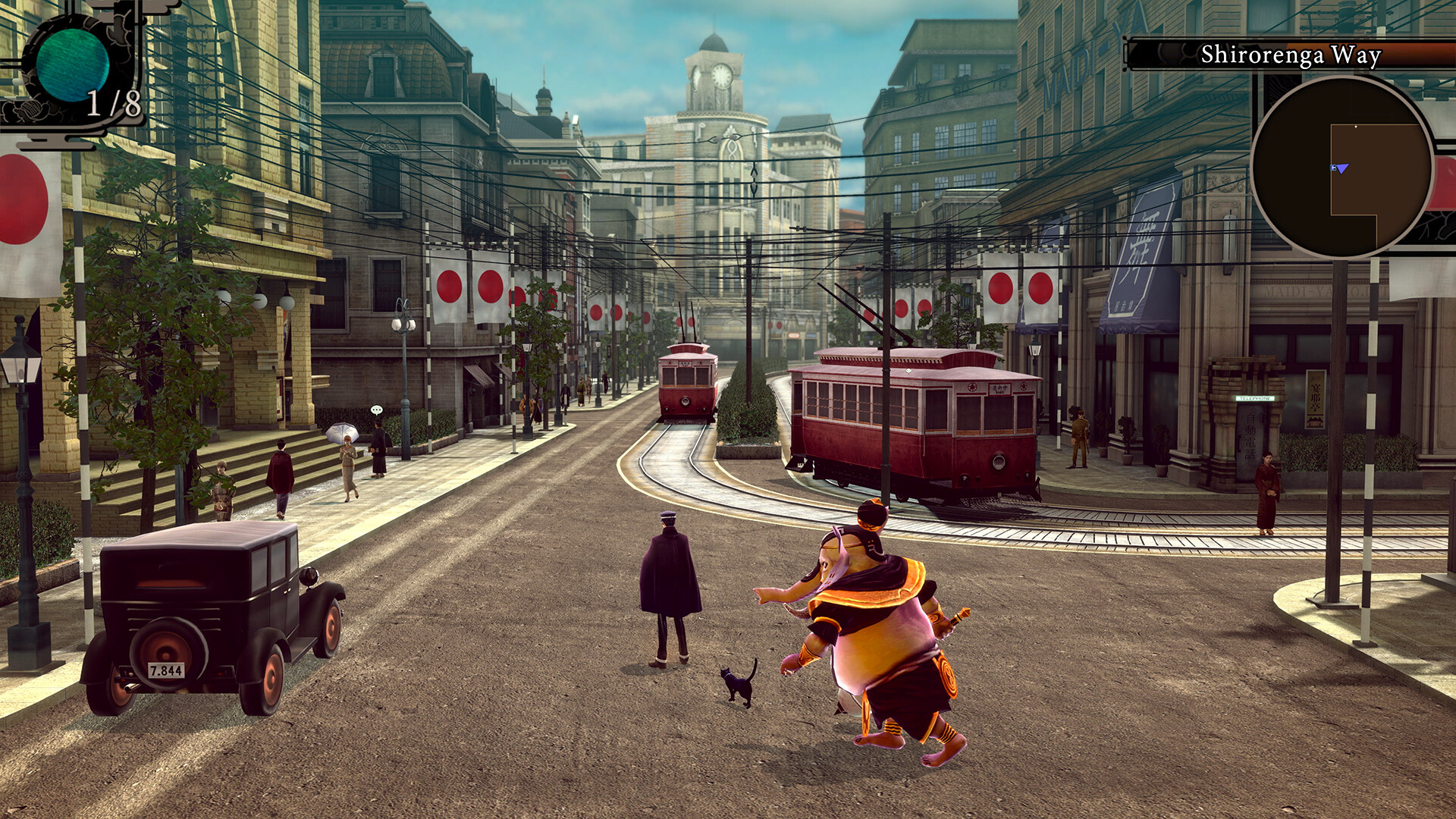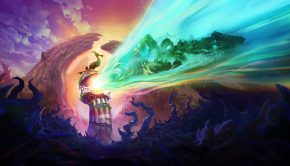Raidou Remastered: The Mystery of the Soulless Army (XSX) Review
Summary: A bright and bombastic remaster of a cult classic that modern SMT fans need to play.
4.5
A Roaring Remaster
Raidou Remastered: The Mystery of the Soulless Army is an odd game. Technically, it’s the second Devil Summoner game, it’s an action RPG in a wider series known overwhelmingly for turn-based shenanigans, and it’s set in the 1930s.
It’s also a game that I’m betting 90% of the people who would now consider themselves SMT fans skipped or didn’t know existed back when the game first launched on the PS2 back in 2006.
To be fair, though, by the time it had made the jump to North America and Europe, most people had jumped ship to the PS3 or Xbox 360, and if you want a copy now, it’s going to set you back several hundred clams.
Thank Odin for remasters. At the very least, Raidou is an interesting one. More games need to be remastered or remade that people missed out on, rather than something you already played a half dozen times with a new coat of paint. I would take the Raidou Remaster over Oblivion any day of the week, because for most of the audience, Raidou may as well be a new game.
For those few lucky enough to have played (deep breath now) Shin Megami Tensei: Devil Summoner: Raidou Kuzunoha vs. the Soulless Army, the Remaster is exactly what you’d want from one. Keeps the best bits, and revamps and modernises all the parts that have aged like fine milk.
Set in a time of massive upheaval for Japan and the world at large, Players don the school cap and cape of Raidou Kuzunoha XIV (It’s more a title than a name) – a young Devil Summoner sent to protect the capital by the mysterious Yatagarasu organisation.
After arriving, Raidou starts work at the Narumi Detective Agency, a dinky little hole in the wall that only takes on ‘special cases’, ones involving demons and the supernatural.
Unsurprisingly, business isn’t exactly booming, that is, until a distressed young heiress asks to meet with our heroes and requests that they kill her. However, before Raidou or Narumi know what’s going on, she’s kidnapped by a group of scary-looking soldiers in Red capes.
What starts off as a bizarre kidnapping becomes a much greater mystery that could rock the very foundations of an already shaky nation, and it’s up to our junior detective to get to the bottom of it.
This being a noir thriller, (with demons) it takes a little while to pick up steam, but you don’t mind because the main cast are so damn likeable. Though. Raidou remains a fairly mysterious figure (since he’s a silent protagonist), he’s surrounded by fantastic, likeable characters, like his lackadaisical boss Narumi, disapproving pet cat Gouto, and determined journalist Tae Asakura, who will definitely pay you for finding out who the red capes are, eventually.
Broken down into a series of monster-of-the-week episodes, each new chapter opens with Raidou getting assigned a new case, which inevitably feeds into the game’s wider mysteries and the hunt for the missing heiress. Missing shipments, Trouble at the local mill, a missing person. Each seems innocuous, and the answer to each of these minor mysteries is always demons. So you don’t need to be a great detective.
That’s not to say there isn’t any deductive reasoning in the game. You will occasionally need to have been paying attention to get a question thrown your way by Gouto about a piece of evidence correct, but that’s your lot. Ultimately, being a detective is a front for Raidou’s much more important job of protecting the city from demonic incursions from the dark realm, and the game treats it as such.
When you’re not chasing down leads and interrogating suspects, you’ll be catching, training, and fusing a whole horde of demonic helpers, like some sort of psychotic Pokémon trainer.
Anyone who played the original Raidou will be ecstatic to hear that the battle system has been completely revamped. The random battles that bogged down the PS2 version have been banished. In the human world, the only times you’ll fight demons are when attempting to seal a rift to the Dark Realm ( which also provides bonus XP and rewards). The bulk of the fighting now takes place in the Dark Realm itself, however, these can also be avoided if you want to as you can sneak past enemies or get one of your demonic companions to crack them in the back of the head, which will kill lower level demons outright or trigger a fight against ones that are worth your time, in a similar manner to Metaphor and later Persona titles.
However, I found myself attacking every last demon I stumbled across and closing every last rift I saw. Not only because getting to a boss fight and being under levelled can happen fairly regularly, but the fights are really fun and feed into the wider monster-mashing system well.
Combat has been completely reworked for the remaster. First up, Raidou’s move set is greatly expanded from the original, as is the size of the battlefield, and the number of monsters you fight.
The flow of battle is much faster too, you’re not limply trying to guard against attacks and then countering. You’re diving all over the place and unleashing huge combos that in turn power up your MAG meter, which is used to cast spells, catch demons, and for your creatures to use their abilities.
It’s a lovely system that creates a marvellous sense of back and forth and forces you to push the advantage whenever possible. This is augmented by powerful attacks triggered by a last-minute dodge or piling on damage quickly, and a devastating special attack that takes a while to build up but is basically an instant win button when you set it off.
It retains Shin Megami Tensei’s marvelous weakness system, in this, it’s used to stun monsters, which then gives you boosts to your light and heavy sword attacks. You’re also armed with a revolver that can stun enemies, and reloads after a brief period. On top of that, you have access to a growing collection of combat skills that range from simple elemental attacks to powerful combos, and useful tricks that replenish your MAG meter.
You’re also joined in every fight by a pair of demons from a roster of more than 100. For the best part, they fight on their own steam, but you can directly command them if you need them to do something specific. Alternatively, a quick click of the left stick will have them either use abilities or purely physical attacks. I rarely opted for physical attacks, because it’s so easy to claw your MAG back that you never run out.
Monsters level up and become more loyal with each bout under their belt. Bringing more beasts to your side helps you as well as the more loyalty you accrue, the more tubes (think pokeballs) you have access to, which gives you more options in battle, and more room in your roster to grab more monstrous materials for fusions.
Usually, fusing demons in an SMT game seems like a necessary evil. Something you did to get better perks or access to a new spell. However, in Raidou, I don’t know whether it’s that Victor (Frankenstein) is the nutter in charge of it, or that benefits of fusing monsters are instant and very handy but I was always on the look out for new fusions and monsters to throw in cages and break them down at the molecular level into newer stronger beasties.
It does help that space is limited in your party, especially during the game’s earlier stages, which funnels you into experimenting with the fusion system so you have room to capture that cool three-headed wolf, or reject from Eraserhead you just fought.
You’ll also be shocked to hear that the presentation has also seen a massive glow-up. Though it still retains the tone of the original, everything is brighter and far more colourful than the admittedly grungy look of the PS2 original.
Raidou has gone from being clad in black to a lovely shade of violet. The monsters are all primary colours, and the brown filter the original game was infected with has been ditched for a much cleaner look
It does, however, retain the toe-tapping, jazz-tinged soundtrack. I’m not sure if it was rerecorded or if it’s just lossless, but it sounds fantastic. Full voice acting has also been added. Overall, this drags you deeper into the world of Raidou, though I’m pretty sure Narumi was supposed to sound like a cockney. I’m not saying Aaron Dismuke doesn’t do a fantastic job, it’s just odd hearing an American call someone a mug.
The controls and UI have been modernised and are more in line with recent SMT titles. They’ve been Persona-fied if you will. That means they’re all bright, beautiful, and slick. Complex commands that used to require ploughing through several menus on the PS2 are now only a couple of clicks away, and other odd quirks have been streamlined out of existence.
The save system has also been reworked. You can now drop a quick save anytime you want to quit for the night, there are frequent autosave points (though they’re not perfect), and there are plenty of traditional save points that also let you visit the shop and its monster-mashing basement.
A fast travel system has also been added, which, for a small fee, lets you grab an express tram that will take you to any area you’ve previously visited. Which is great because, as cool as the map screen is, navigating it can sometimes be a pain, especially when you need to trek through several areas just to get back to the map, and then finding which exit corresponds to which line on the map you need to follow to get to your objective isn’t always clear.
Final Thoughts
Raidou Remastered: The Mystery of the Soulless Army is another example of why the games industry needs to figure out what the difference is between a remake and remaster and stick to it.
Although it’s been rebuilt from the ground up, with many of its systems either reworked or removed, Raidou Remastered maintains the tone and feel of the original, while bringing an even more bombastic sense of style to proceedings.
In other words, it’s the best kind of remake/ remaster, the kind that makes a well-loved game and makes it feel fresh and vibrant again.


